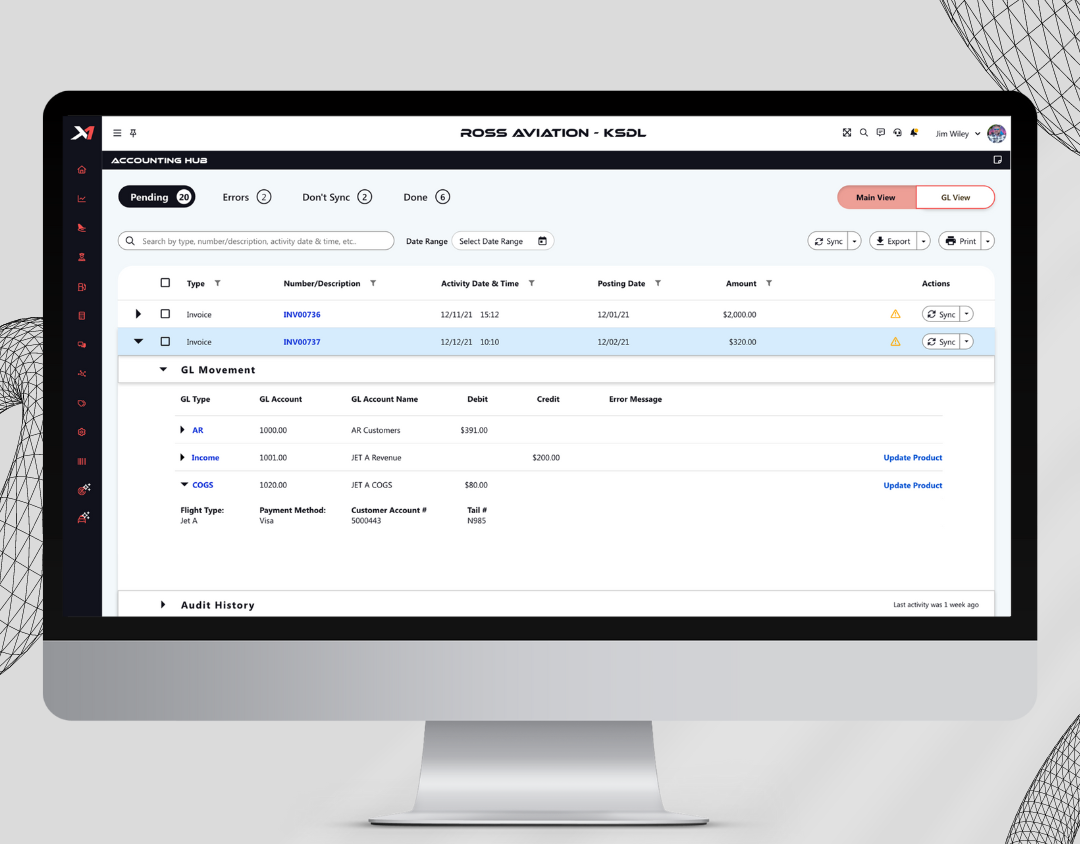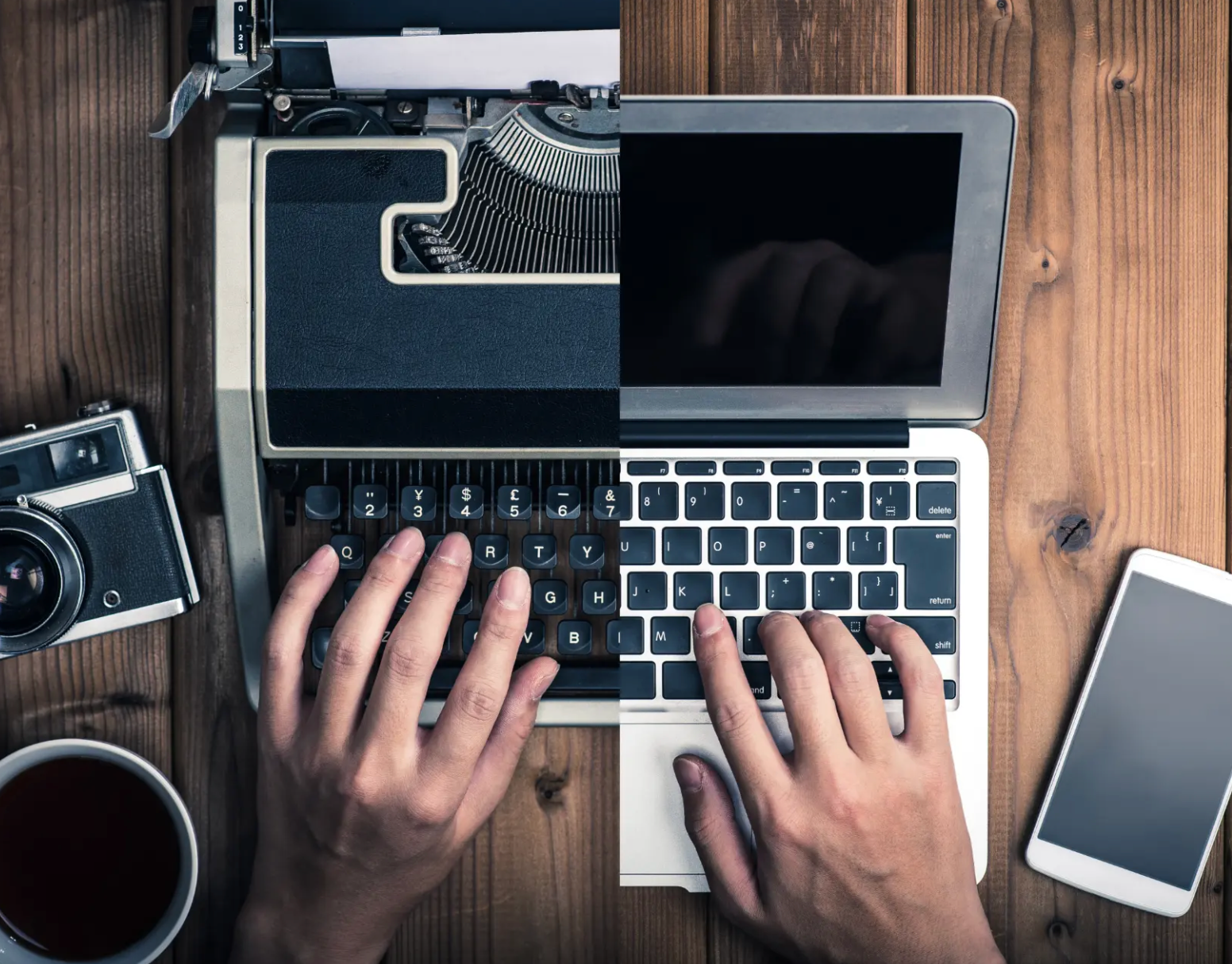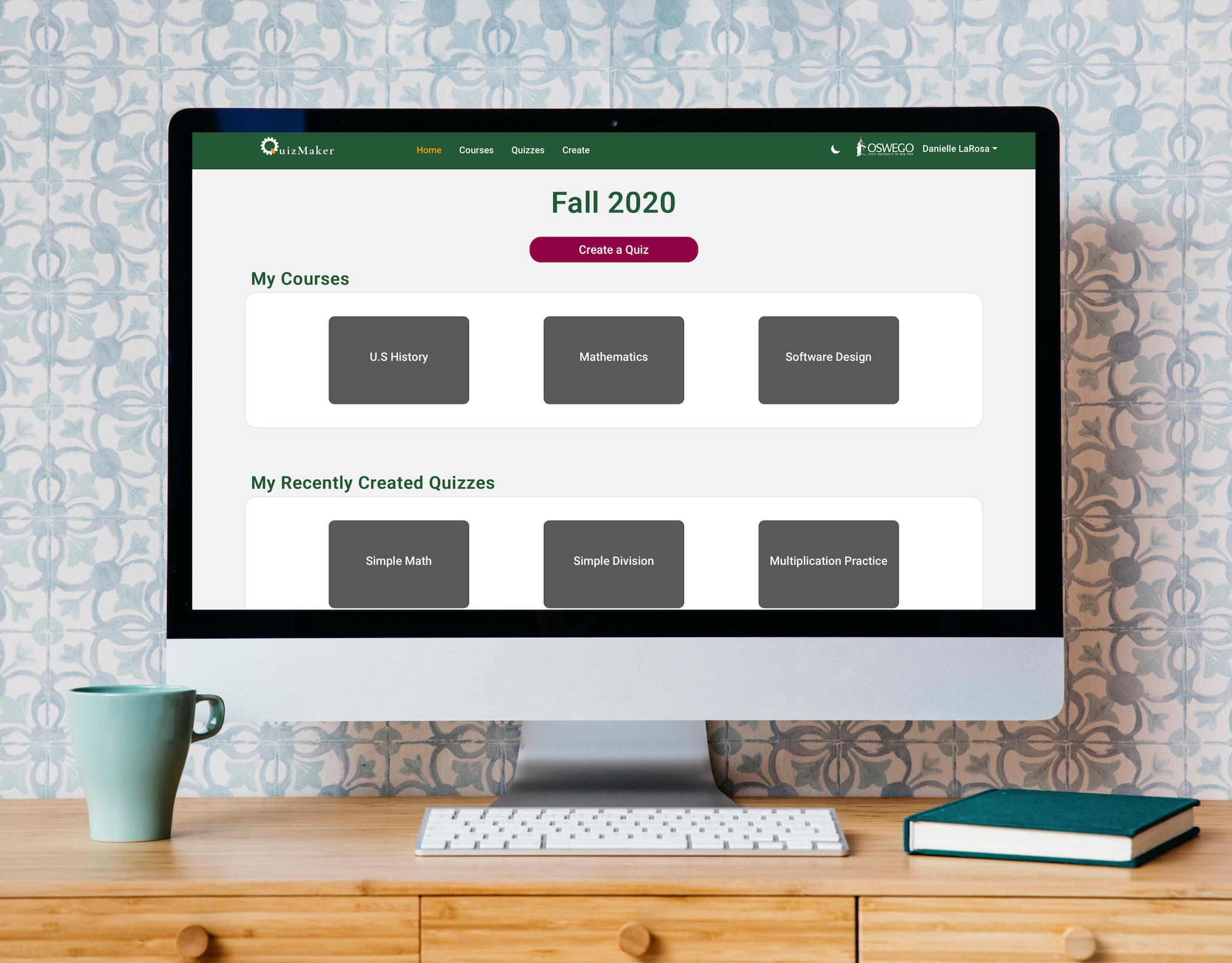Project Proposal
Background/Problem Statement
For Awesome Autism, I had the design challenge of creating a Virtual Reality (VR) technology solution for a Social problem. For this particular problem I have chosen to focus on Autism Spectrum Disorder (ASD).
Proposed Solution
My proposed solution is to assist individuals on the Autism Spectrum in easing their symptoms by learning basic life skills, communication skills, and social skills in VR with a focus on the user as an individual.
My Role
My role in this project was to take on all roles as a User Researcher and Virtual Reality Designer while incorporating the UX and XR (Extended Reality) design process.
User Research
Throughout my research, I have spoken to several individuals who work in the field of Special Education who agreed to be stakeholders for Awesome Autism. I asked to meet with these stakeholders in between every sprint so that I could receive feedback on my progress for that week.
Key Insights from Stakeholder Feedback
1) Include student assessments for each user
2) Create guidelines for each user
3) Aim to decrease problem behavior by including various scenarios and settings
4) Incorporate behaviors specific to each users' needs to help them cope with their symptoms of ASD.
User Personas
Typical users include individuals with Autism and atypical users include neuro-typical individuals and parents or families of children with ASD.
I created these user personas based my Stakeholder feedback, my own individual feedback of working with children with ASD myself, along with additional research on the daily lives of children with an Autism diagnosis.
I also wanted to keep in mind how comfortable they may be with technology, which could help in designing features for the application.
Storyboarding
I designed these storyboard templates in order to pre-visualize some low-fidelity versions of different scenes in VR.
My goal when storyboarding was to properly communicate spatial position, sequence, motion, and interaction.
Task Analyses
I created these step-by-step task analyses in order to represent every step that the user or system needs, along with some limitations that may affect the user or the system.
User Task Analysis
Organizational Task Analysis
System Task Analysis
High Fidelity Prototype
I used the app, Marvel, to create a high-fidelity prototype to show a simple scenario of what it would be like to utilize this VR System.
Unfortunately this class took place remotely during the COVID-19 Pandemic so I was unable to have access to the HCI VR Lab to create a more established prototype.
Character Creation
From both my research and working with children with Autism, I noticed that they thoroughly enjoyed playing fantasy games, so I wanted to include an easy character creation with pre-set preferences.
Task Example
Stakeholders suggested that I aim to decrease problem behavior by including various scenarios and settings, so I included a kitchen scene where the use can choose to make a sandwich by collecting certain ingredients.
Positive reinforcement is another basic ABA (Applied Behavioral Analysis) principle, so I made sure to include rewarding the user at the end.

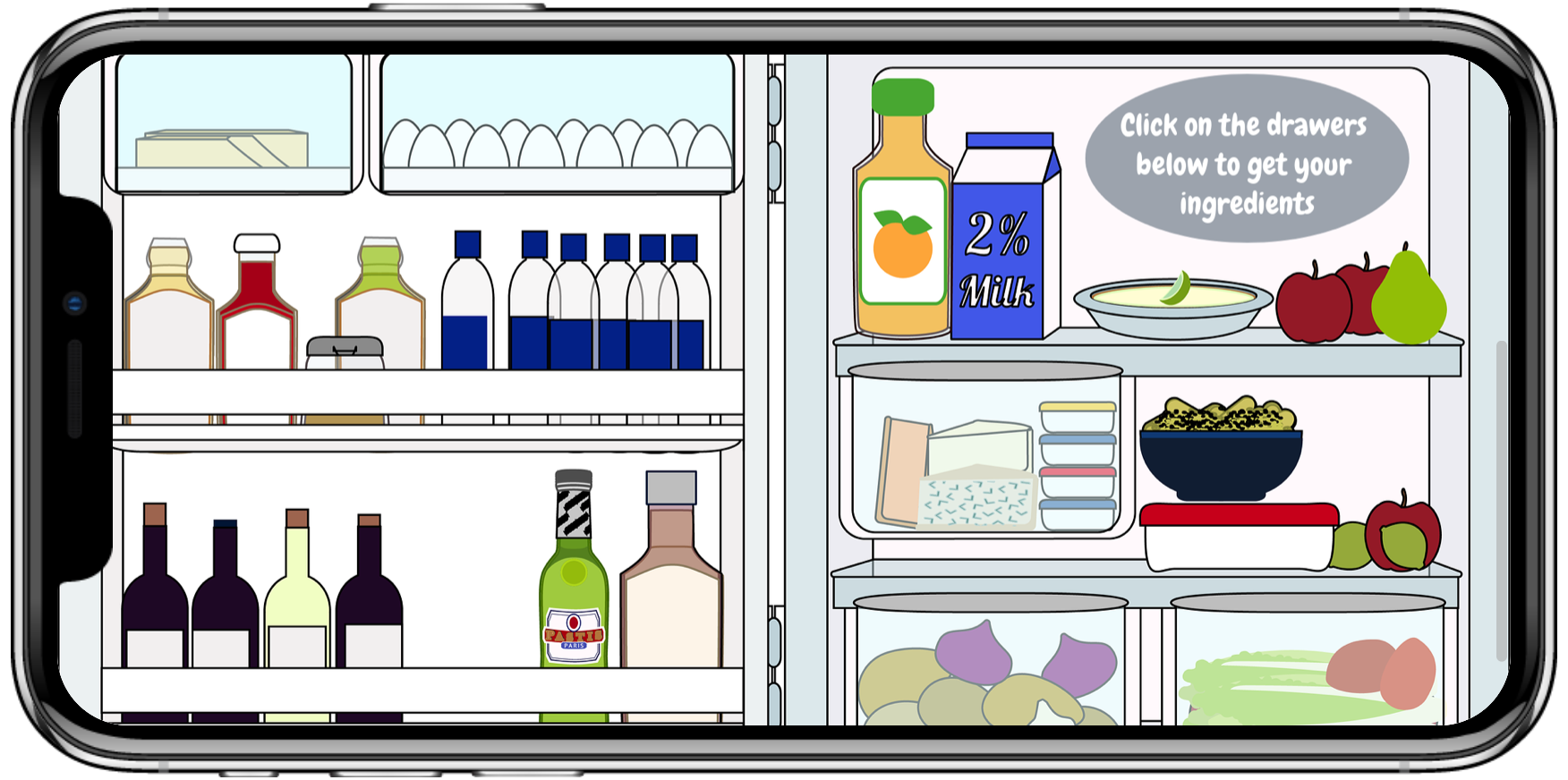
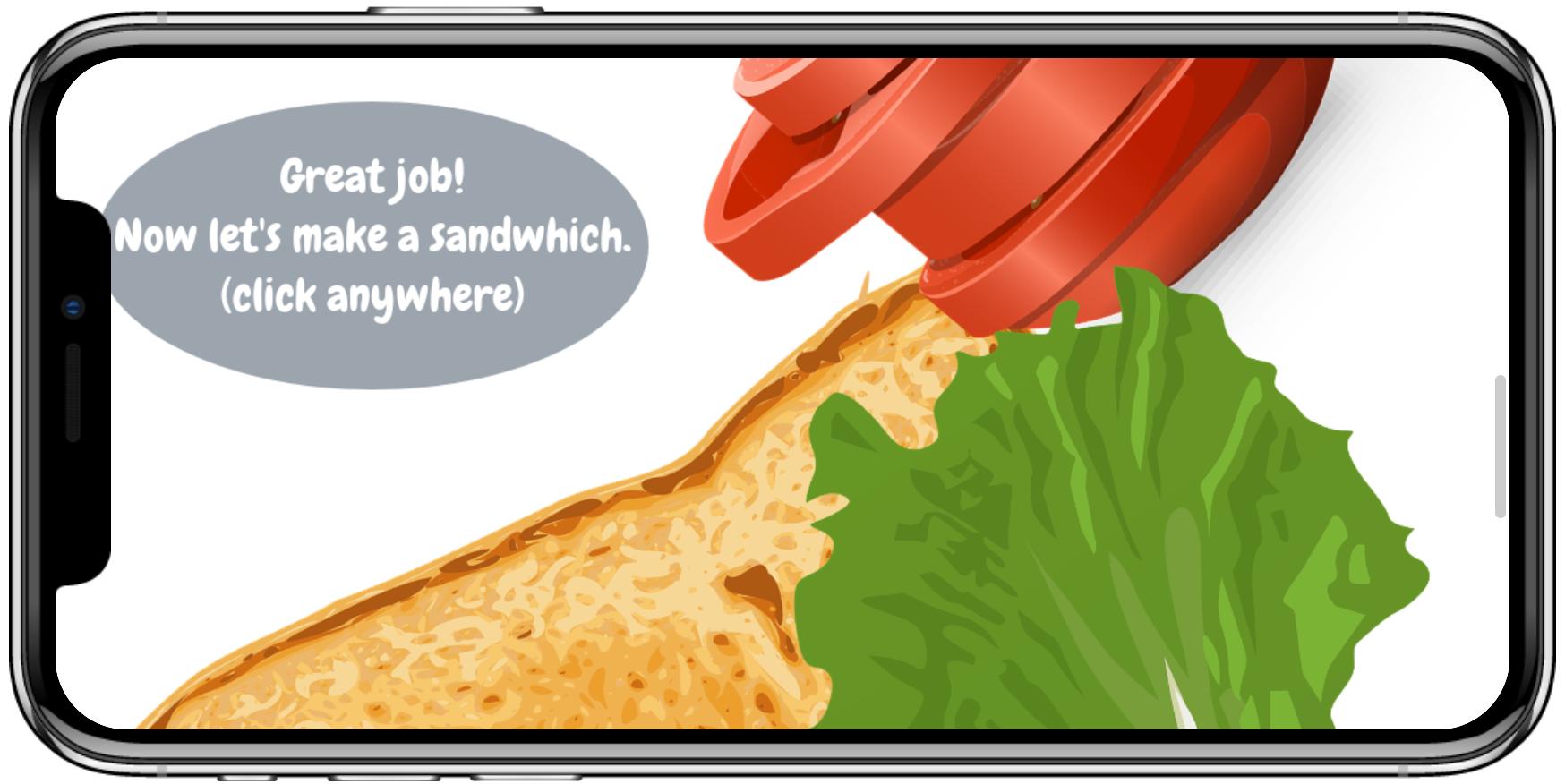
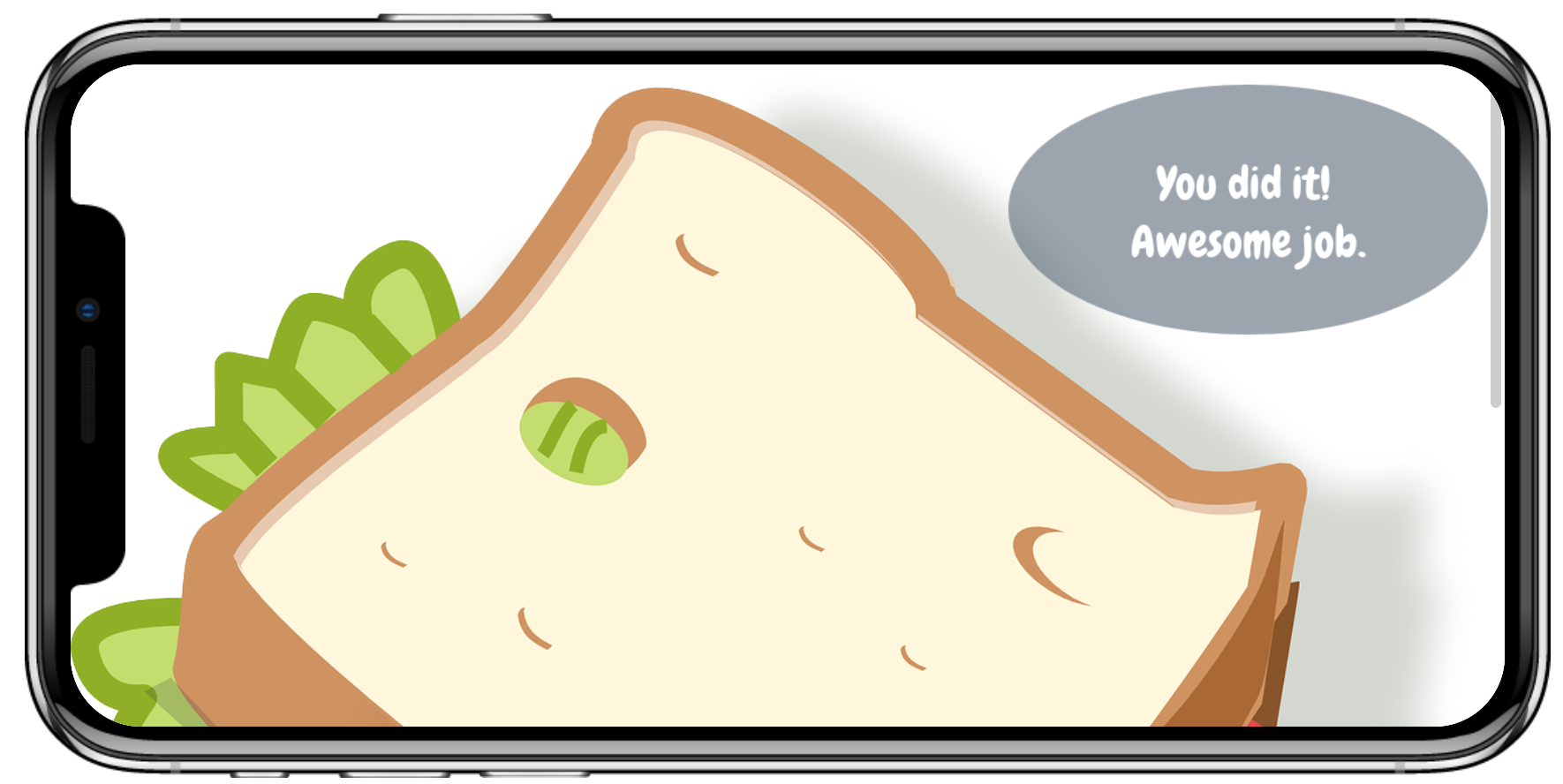
Future Work
Due to COVID-19 and time constraints, the work became remote as I was not able to conduct usability testing in the VR lab.
If I were to test this product on users, I would use the task analysis below on two types of users: individuals with Autism and neurotypical individuals who do not have a disability.
Imagine your mom is busy and asks you to make your own lunch.
Task 1: Find the kitchen and click on the button that says 'kitchen'.
Task 2: Click on the refrigerator and find the appropriate drawer with the bread, cheese slices, lettuce, and tomato slices.
Task 3: Put all of the ingredients together in order to make the sandwich.
I would then take the feedback based on the two groups of users and create a document on which designs would need to be iterated, prioritize the design changes vs amount of effort, and design/implement the changes.
Conclusion
This VR system can provide users with ASD the opportunity to practice basic life skills, communication skills, and social skills through VR, in order for each user to learn how to apply these skills in real life scenarios.
Challenges
This project was especially challenging because it was a remote project as well as my first time designing with the XR process. I had to do a lot of my own research, such as watching online tutorials and reading articles on VR such as medium.
Lessons Learned
From this project, I learned how to design a VR application through User Research and UX Design for educational purposes. This was my first experience with Stakeholders as it taught me how to properly interview, listen, and communicate with them in order to gather requirements and incorporate their suggestions into the project. Through this project I also developed project management skills and how to work on a project independently and to outsource my own stakeholders and users to get the best user feedback possible.

